Advice and support
If you own an ancient wood, we can guide you through the restoration process.
Find out more and contact usVideo length: 00:03:37
>> David Shepherd and Annie Griffiths, Craggach Woodland owners: Established broadleaved woodland is beautiful to go into.
>> Annie: It's what we want to do and we love it. We planted 26 thousand trees in three months, just ourselves doing it. So, we are very committed to keeping these trees alive.
>> David: This is the first area of woodland we bought. It's eight hectares and we bought it 25 years ago. And when we bought it, this where we’re standing was fairly dense larch plantation. Within this oak area, we've got all these other species. We’ve got hazel, hawthorn, rowan, whitebeam, birch, holly over there so, you know, we’ve got a diverse wood. It's not just a plantation of oak.
>> Annie: It's very satisfying to see them growing now.
>> David: I got the idea that we really wanted to produce native broadleaf trees for timber as well as just nature conservation purposes and that's really what we’ve been doing here for the last 25 years, we've been thinning, pruning to get to this stage.
We're planting now and in a hundred years’ time we'll have a good oak tree. Or in forty years’ time there will be a … (indistinct). That's forestry.
>> Annie: That's the key actually to the economic model, is thinking of all the things that you can do to bring in money.
We've got increasing amounts of hardwood timber that we've milled, so we'll be adding value by selling timber. That's a lot more than you're going to get for firewood or logs.
>> David: The ecologists are producing more and more evidence all the time that if you want woods that recover from pests, disease, drought, flood, gales, they’ve gotta be highly biodiverse.
I'm not against spruce plantations and plantation forestry, as long as it’s part of a mix. So what do you do? Well you get big-scale forestry to come along and fell conifer plantation and you plant what you want. But it’s astonishing how little research has been done on broadleaved timber.
So, this is our second woodland purchase at 32 hectares and the Douglas fir actually wasn't growing well but what was growing well was self-seeded birch so we managed to get the forest plan changed so we could grow birch as a timber tree.
>> Annie: But we’ve talked before about not wanting monocultures so what we’ve started to do is plant other species to increase the light and put other things in there so that you increase the biodiversity again..
>> David: ..and produce a good crop of good-quality timber.
I suppose I do call myself an artisan forester because I'm not a proper forester, haven't done a degree in forestry and all that kind of stuff.
>> Alan Crawford, ancient woodland restoration officer, the Woodland Trust: I think that you are pushing the boundaries of what's possible and what's achievable in the highlands of Scotland so, for example, trying to grow high-quality oak timber as far north as this is not something that many people have been trying and the birch is under-utilised.
It's partly trees for me but it's partly the non-trees.
>> David: Oh yes.
>> Alan: It's much more than just trees. To see this makes you smile, just to see the range of life that's present in a place like this. It's really inspiring.
>> Annie: You always feel good being around Alan. Always cheers you up.
If you own an ancient wood, we can guide you through the restoration process.
Find out more and contact us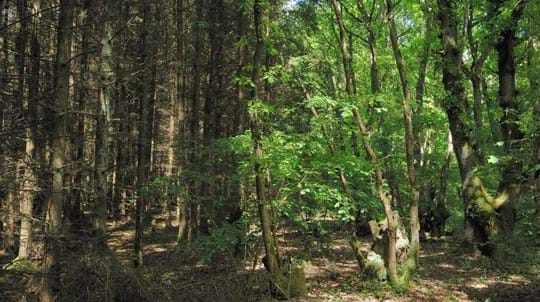
Protecting trees and woods
Find out how our restoration work is encouraging ancient woodland to recover and reverse years of decline.
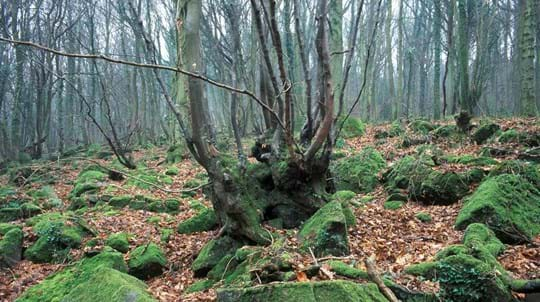
Protecting trees and woods
Think your wood could be ancient? Check our tips on what to look for on site and the historical records that could help.
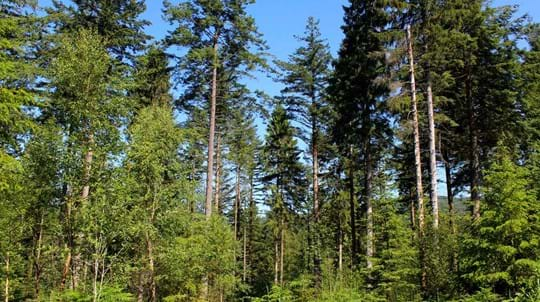
Protecting trees and woods
Discover how we restore and maximise the ecological integrity and resilience of these incredibly special places.
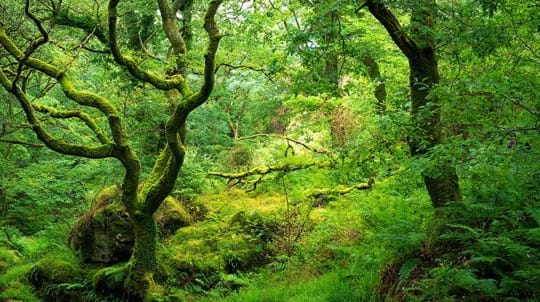
Trees woods and wildlife
Home to myth and legend, where folk tales began. It fuelled our ancestors and still houses thousands of species. Ancient woodland has grown and adapted with native wildlife, yet what remains only covers 2.5% of the UK.
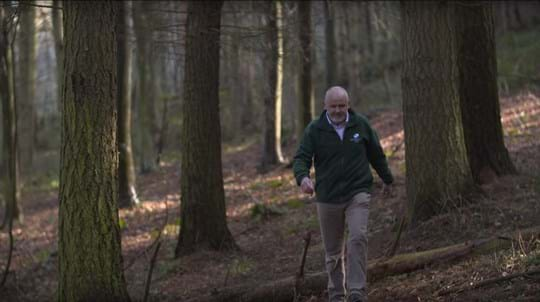
Video
00:06:58
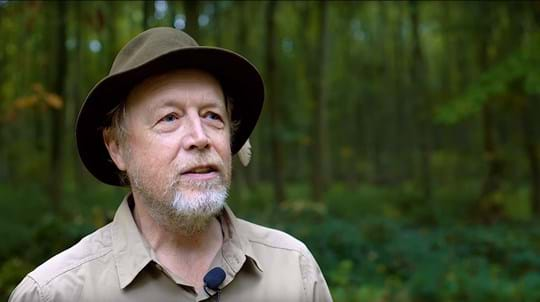
Video
00:04:07
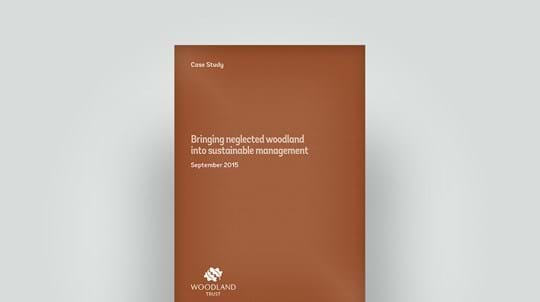
Case study
PDF (737 KB)
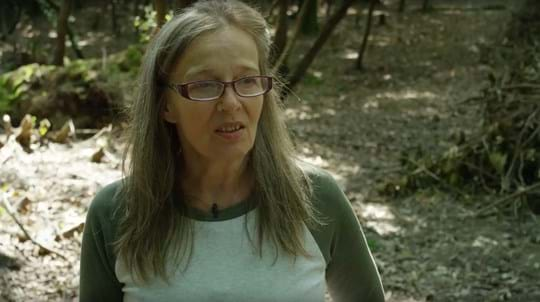
Video
00:02:40
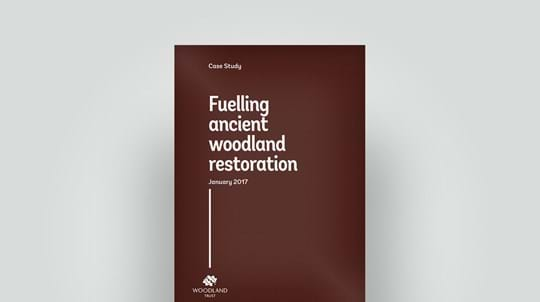
Case study
PDF (5.11 MB)

Case study
PDF (2.21 MB)
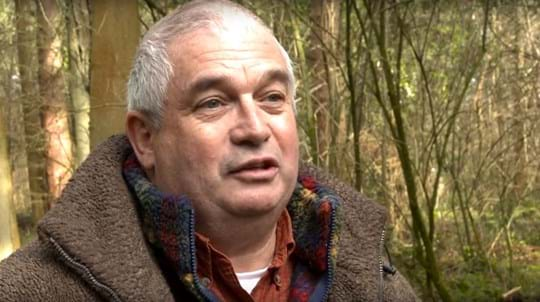
Video
00:05:09
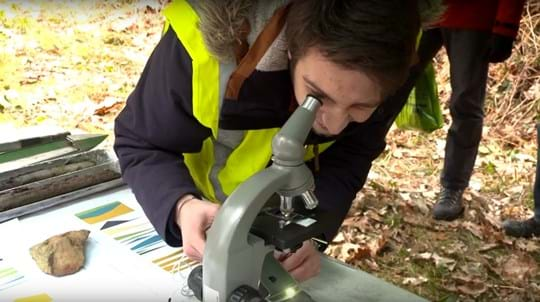
Video
00:06:35
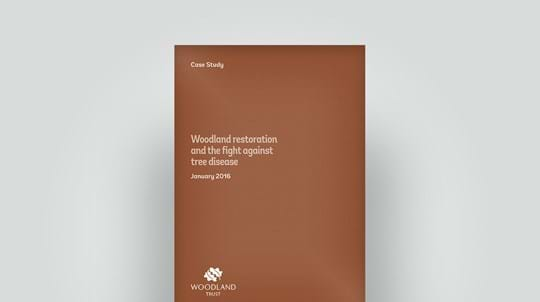
Case study
PDF (650 KB)
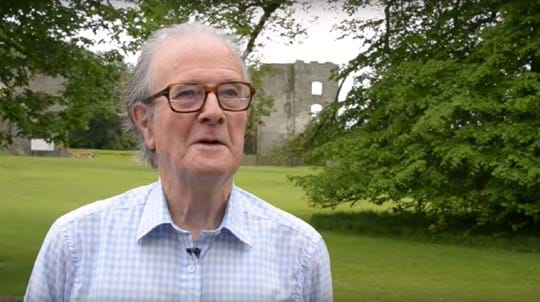
Video
00:05:20
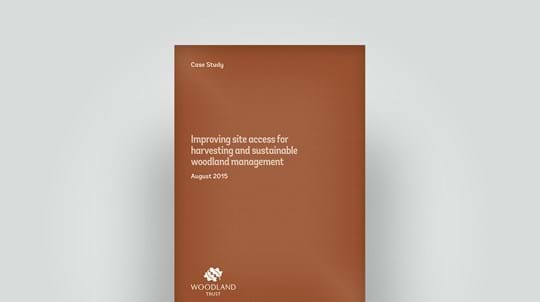
Case study
PDF (739 KB)
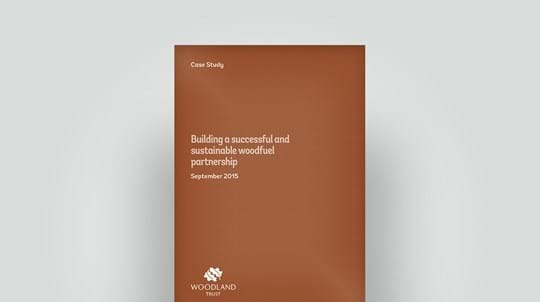
Case study
PDF (756 KB)
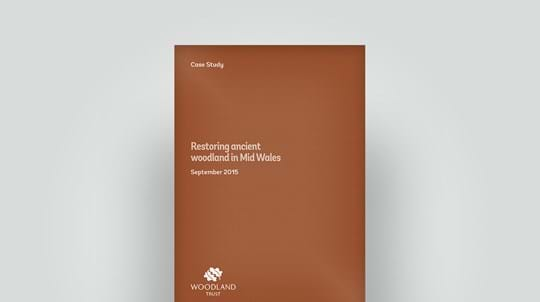
Case study
PDF (347 KB)